(Get free painting tips and plein air painting techniques sent straight to your inbox or on my social media.)
It is difficult to paint round forms and make them realistic, because of the large number of small value changes on the object. If you try to represent these value changes by blending, it is easy to lose the sense of form. Too much blending also destroys the color. To solve this problem, practice painting round forms by squaring off the form first.
Quick technique to paint round forms
Take a round form, such as a piece of fruit or vegetable, and cut it with a knife to remove the peel. Cut it in such a way that you replace all the curved surfaces by a series of planes. You can then assign the various types of light to each of these planes.
Student example: paint the round form of an apple
More student examples: paint round forms
Once you have mastered how to paint a form that you can cut into to see the planes, try to imagine the planes are there without cutting the object. After a lot of practice you will be able to paint more realistic looking round forms.
As you get more accomplished at painting round forms, you can apply the same principle to a more complex form, such as a flower, a cup, rocks on the beach, or even heads.
To learn more about painting round forms
To learn more about how to make your forms appear three-dimensional and realistic using the square off forms technique, see the lessons in the Form Building Block in the Virtual Art Academy Apprentice Program.
Thank You
Thank you for taking the time to read this article. I hope you find it useful. If you would like to get free painting tips by email, please sign up for my free tips newsletter.
If you are interested in a structured approach for learning how to paint, take a look at my online painting classes.
Happy painting!
Barry John Raybould
Virtual Art Academy
What The Students Are Saying
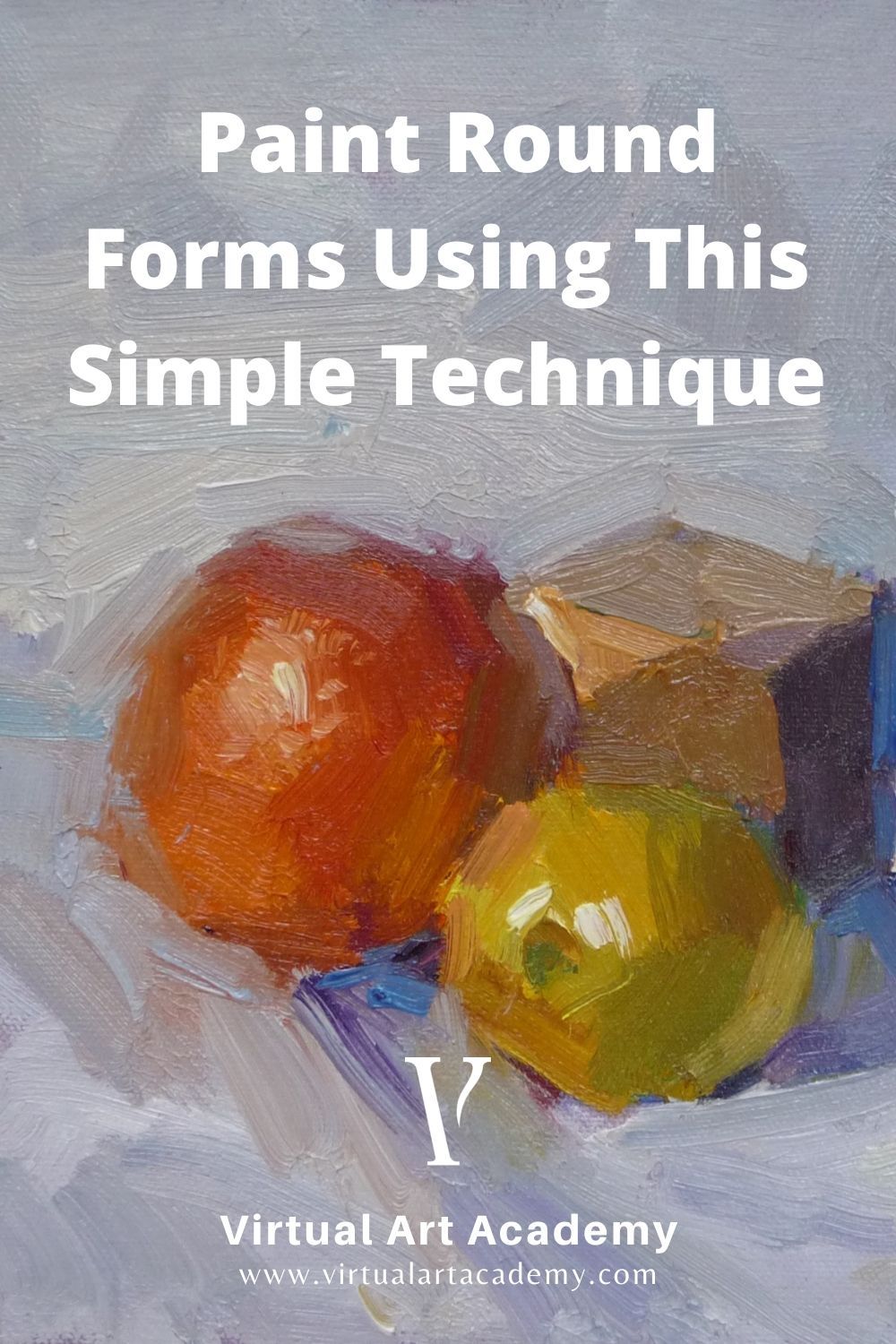
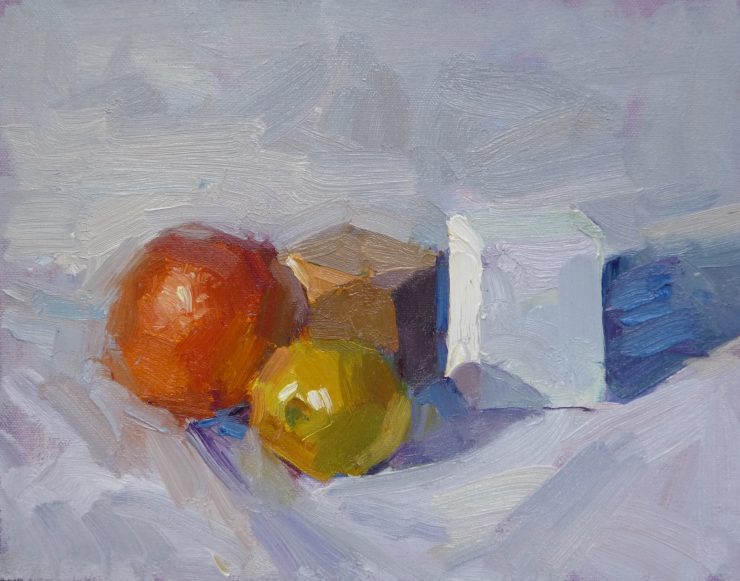
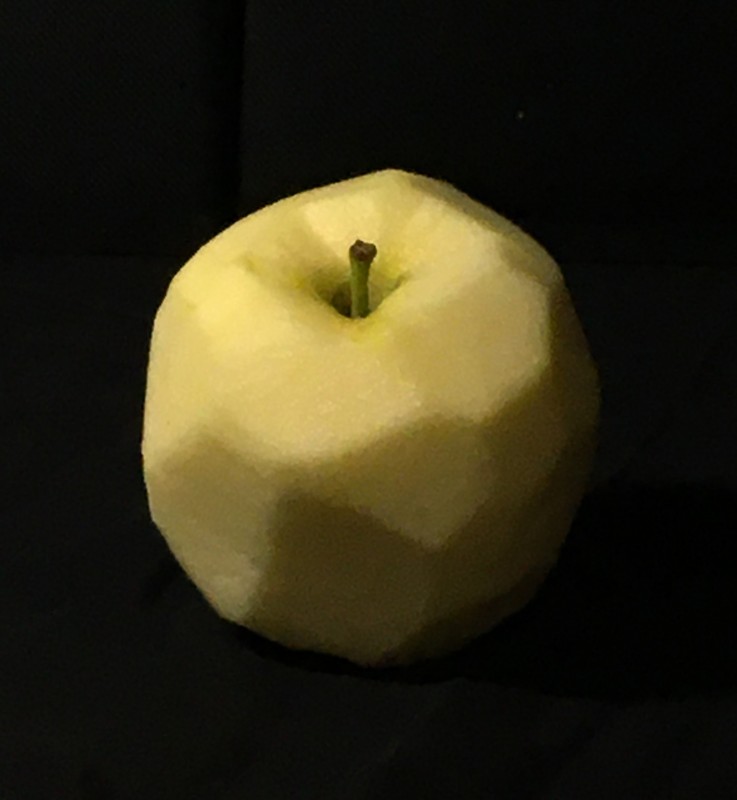
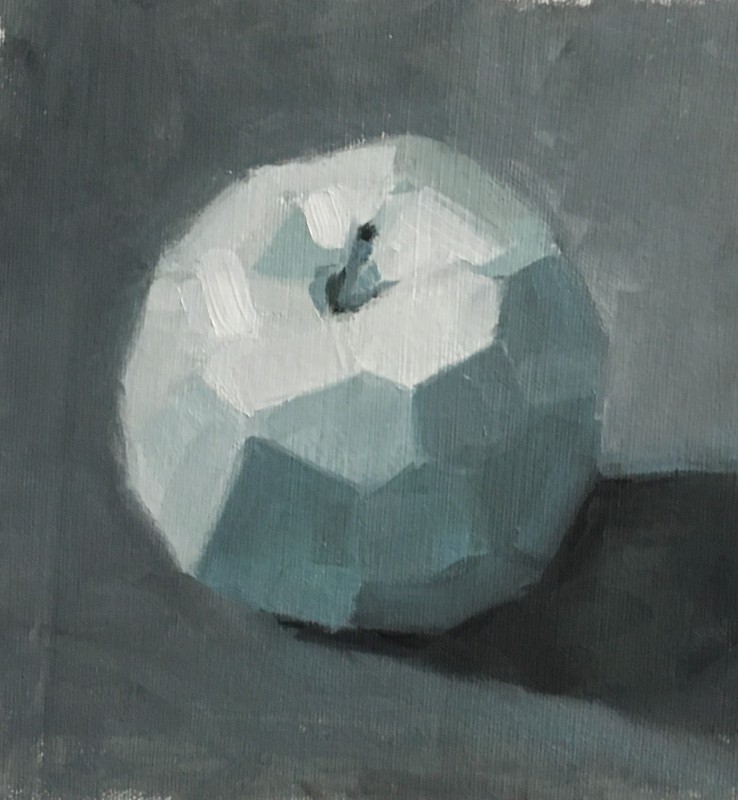
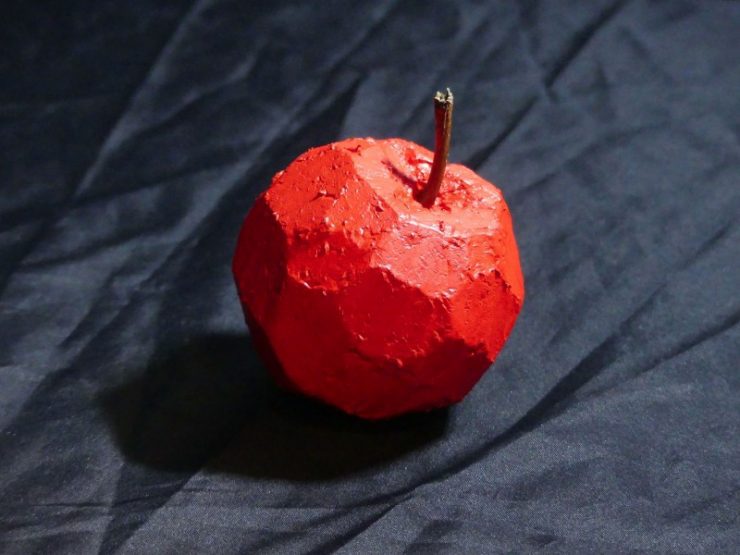
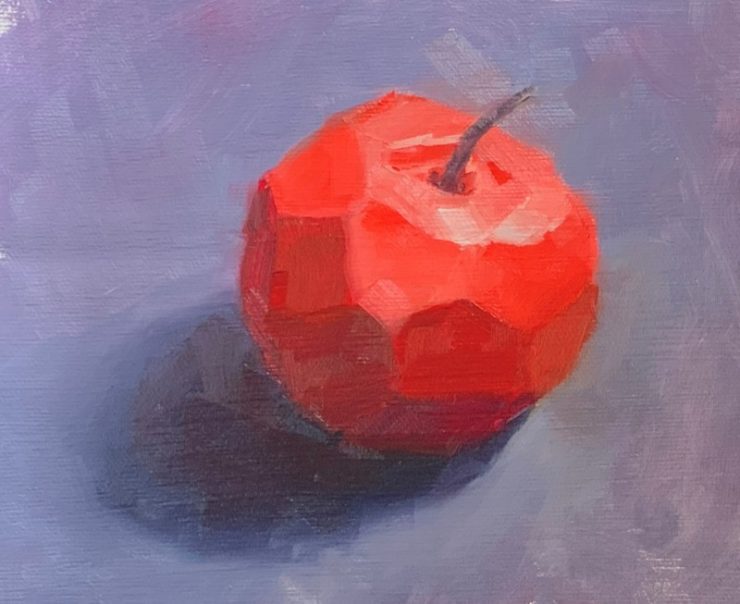
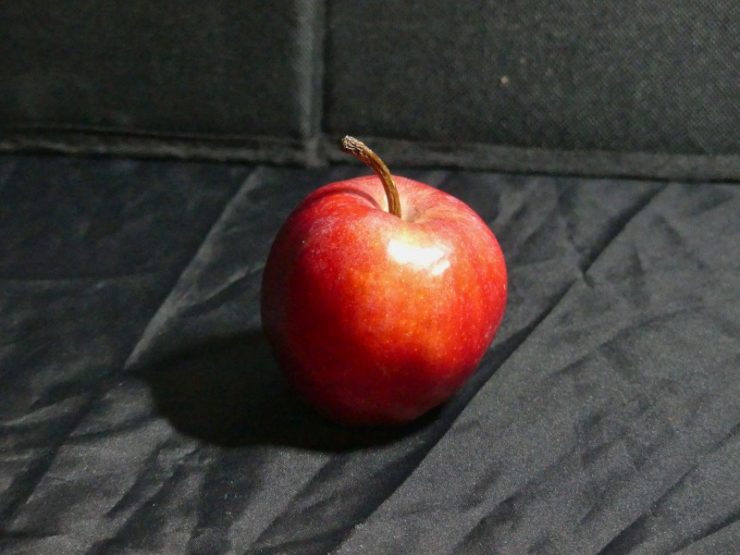
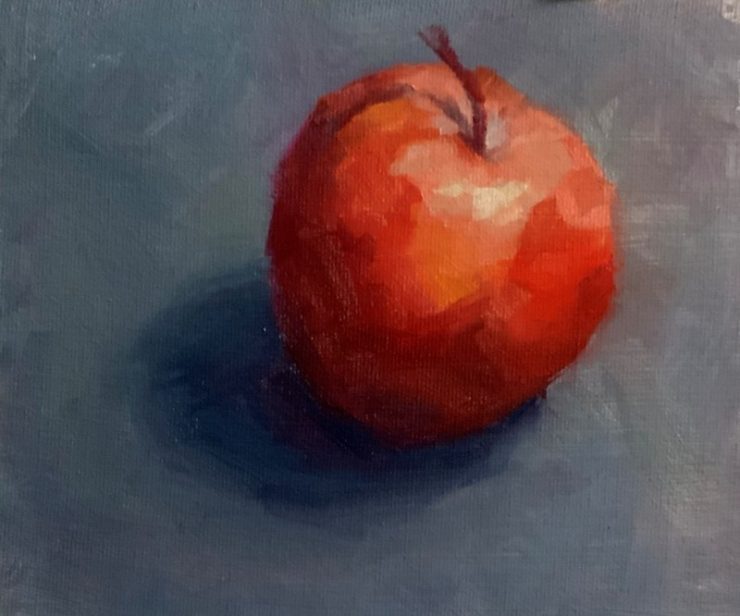
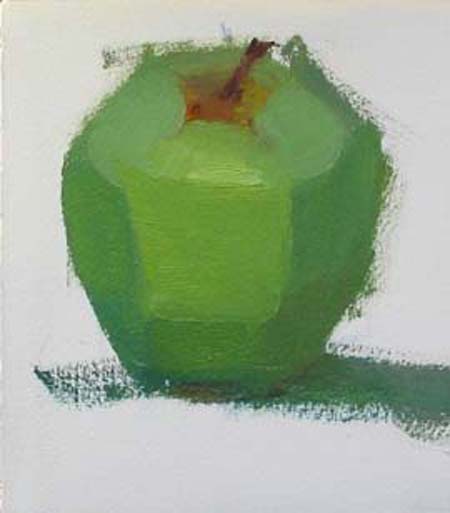

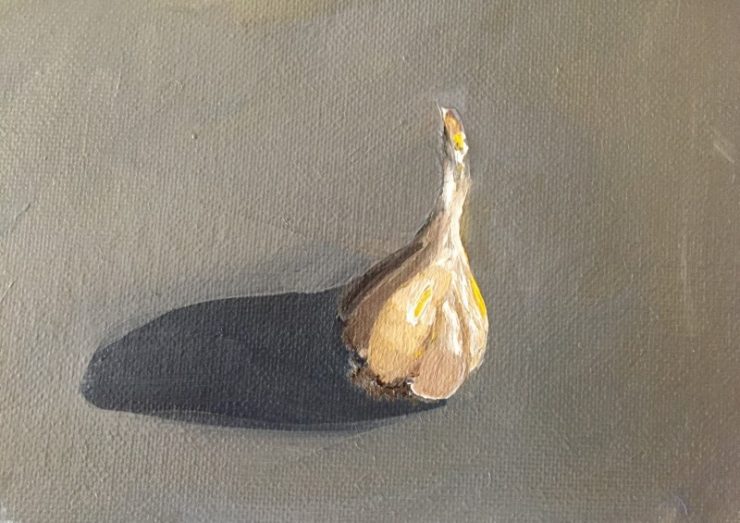
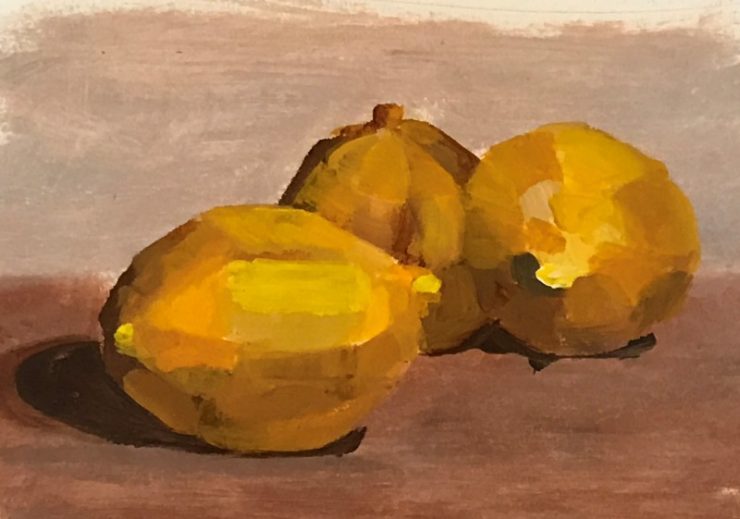
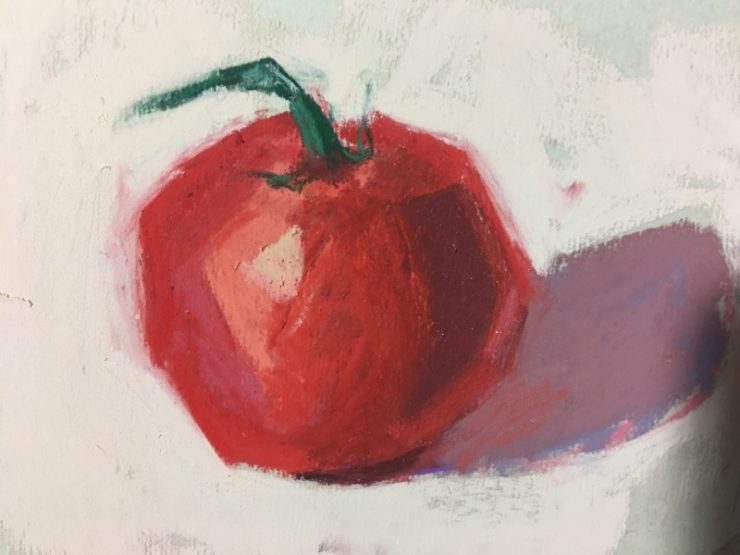
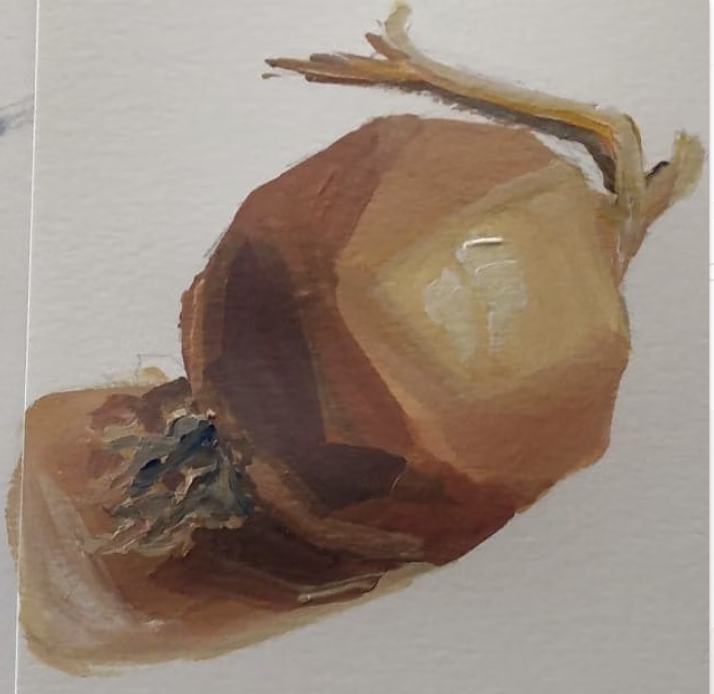
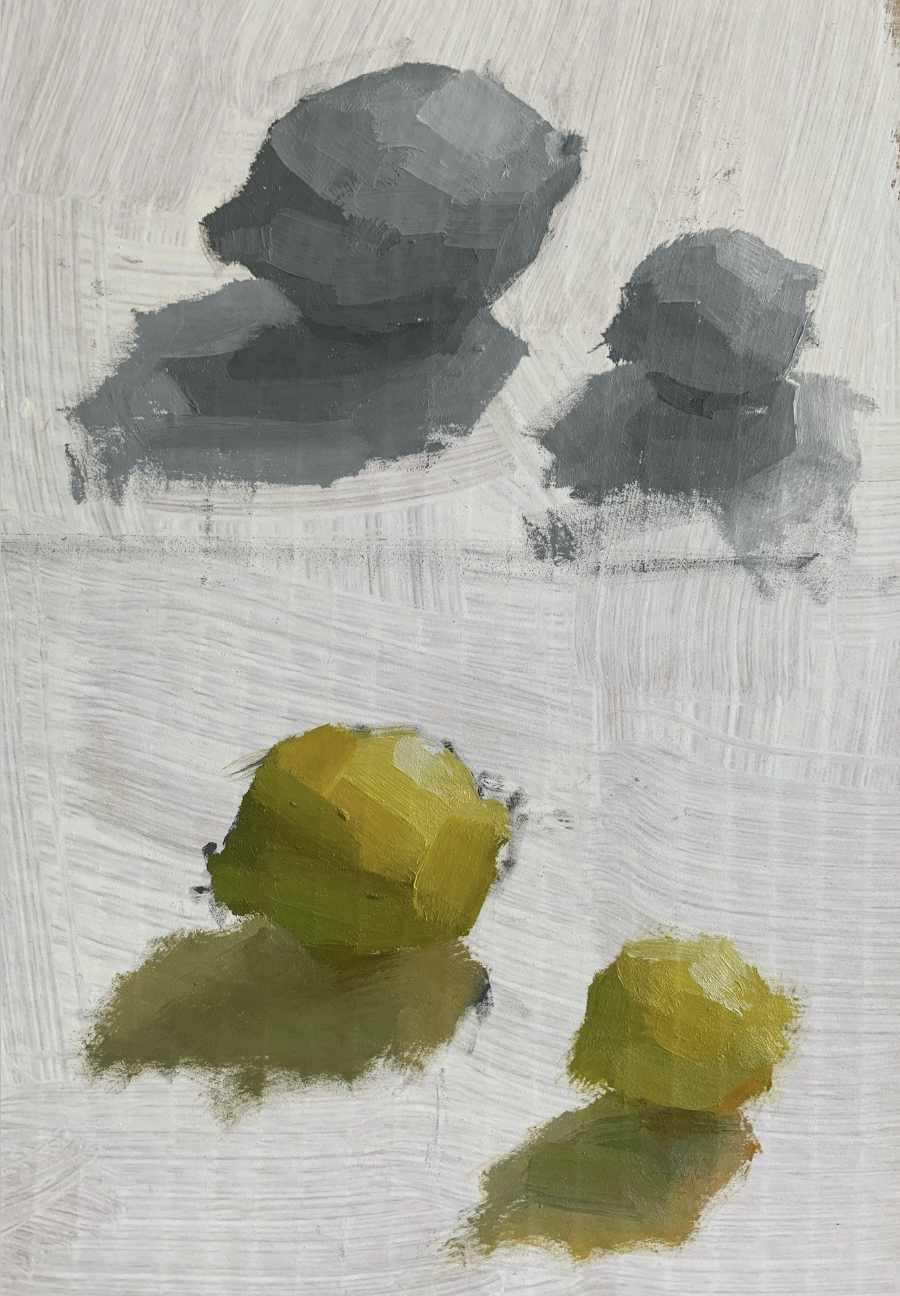
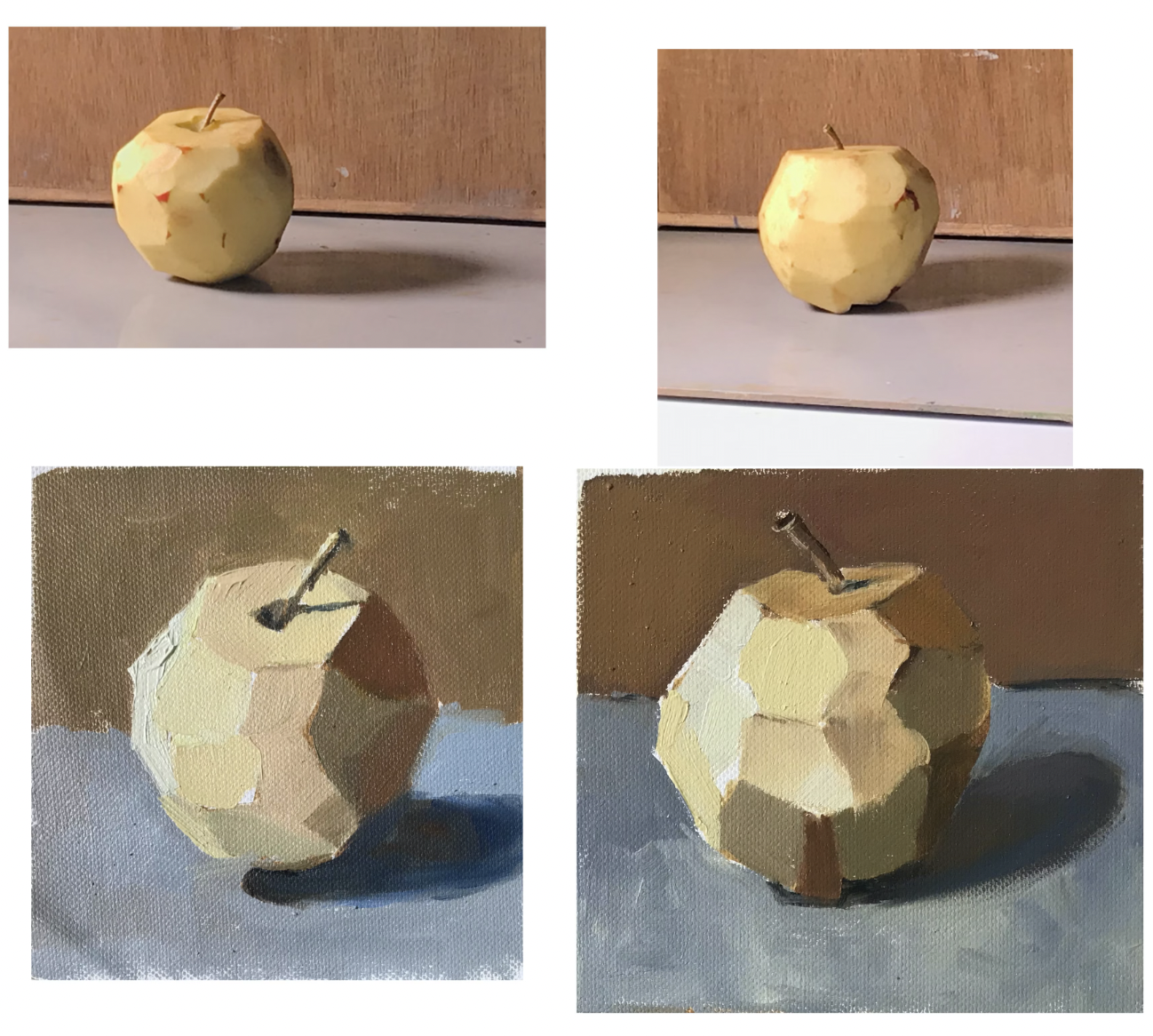
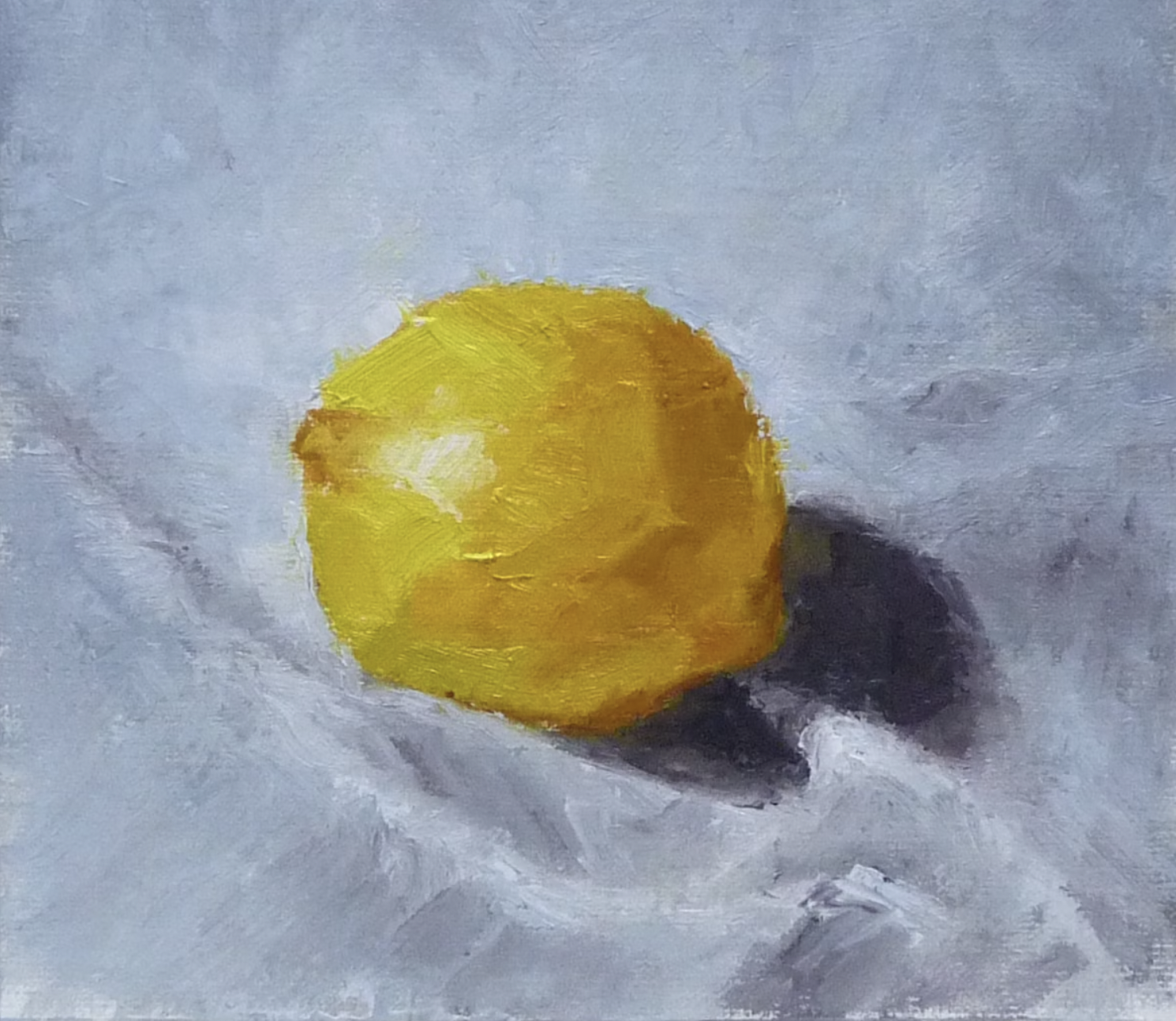
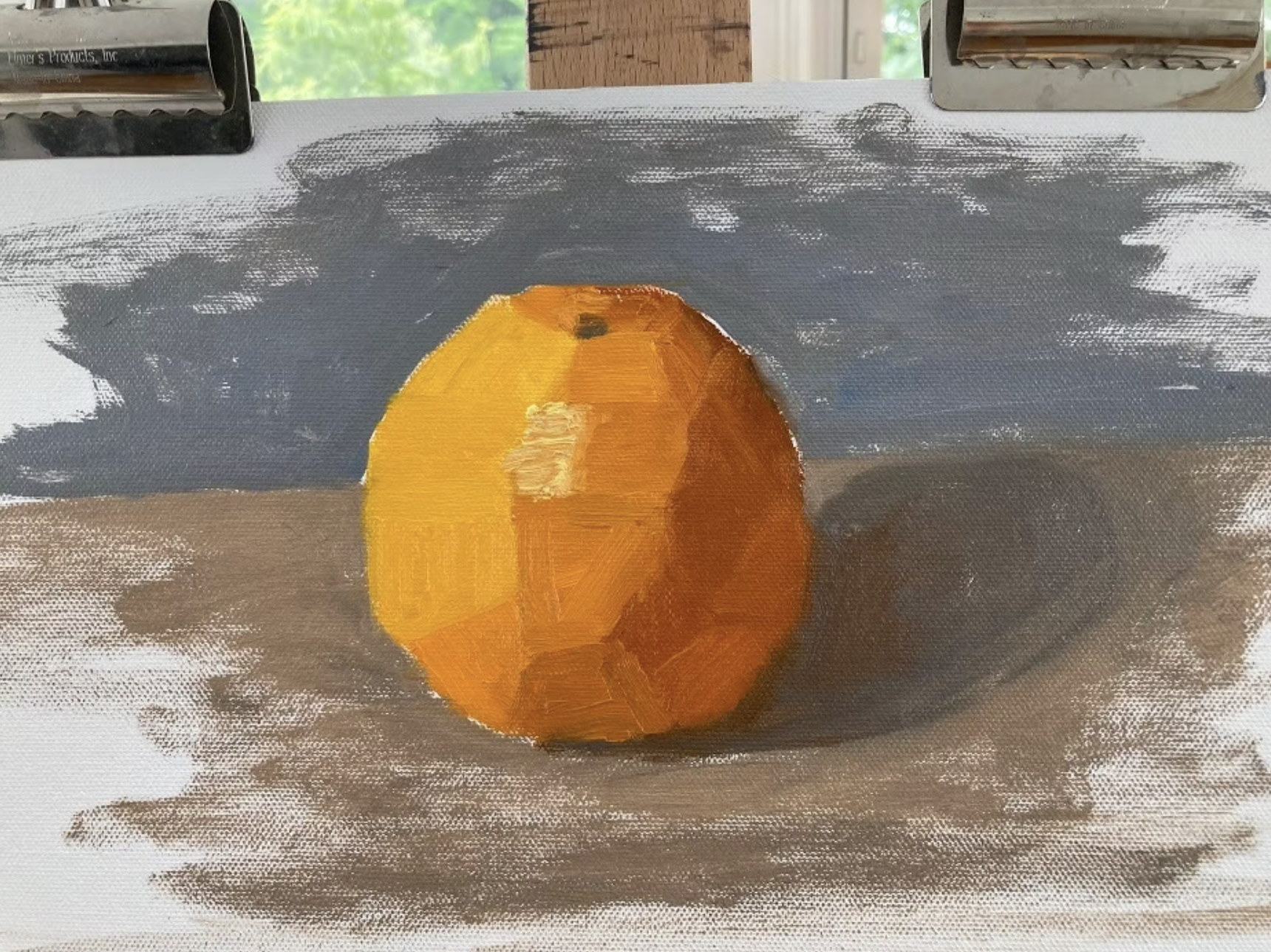
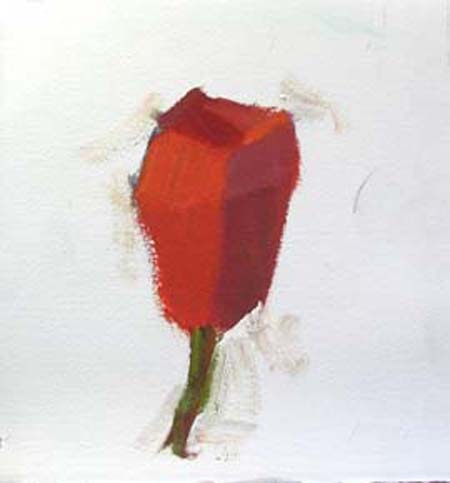
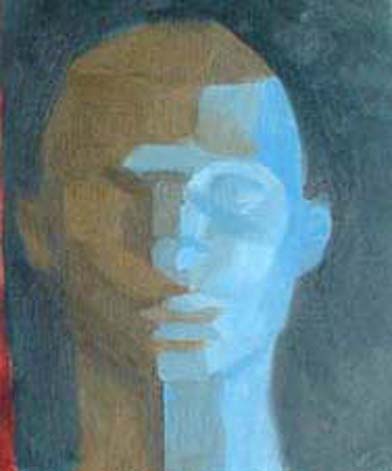
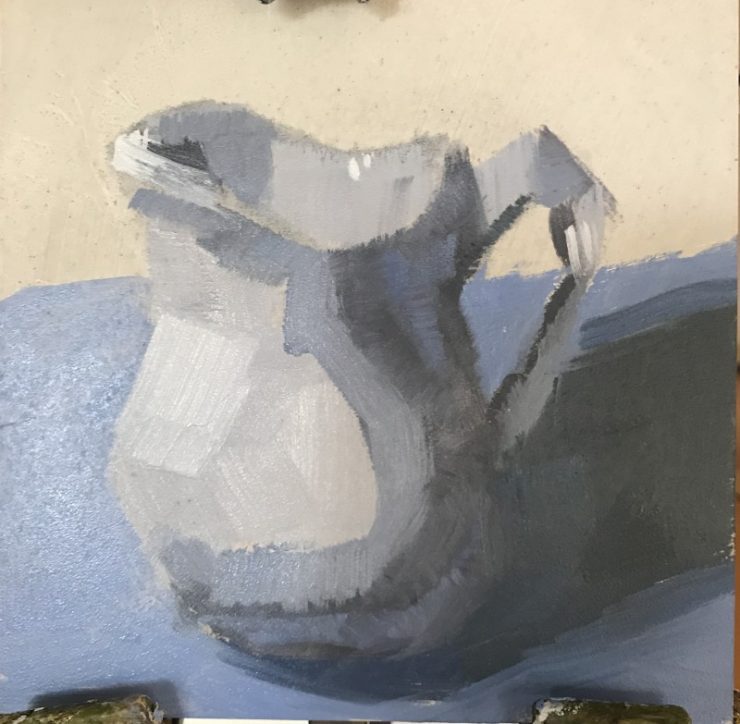
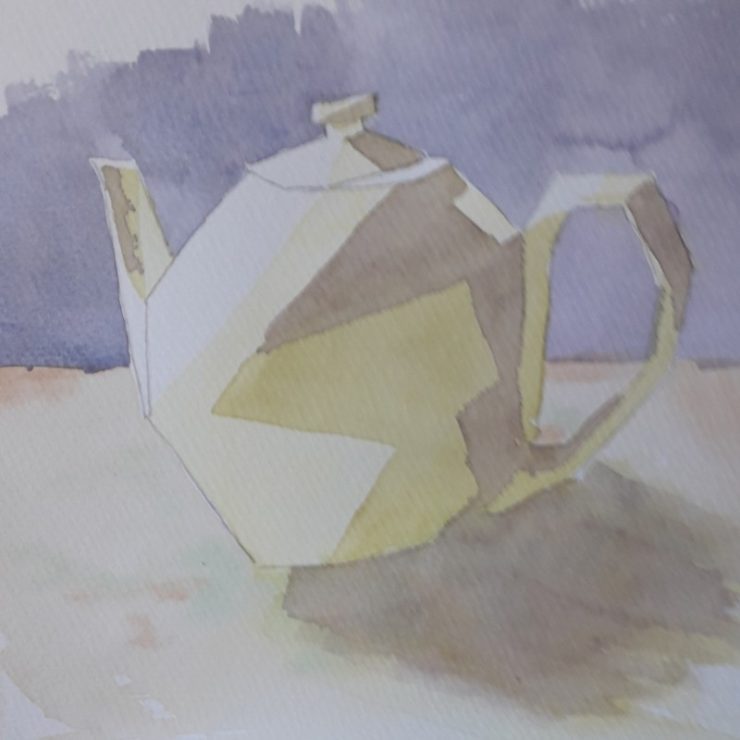
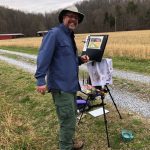








Thank you so much for the lesson .
PERFECT
Very useful info. But what about another step such as “should I Blend or not, if so how ?
That’s a good question Brian, but the answer isn’t quite so straightforward. Whether to blend depends on several things: (1) the degree of curvature of the object (the faster the edge, the less you have to blend) (2) the lighting conditions (a contour in the dark edge will have a soft edge and therefore require more blending , and (3) where you want your focal point (you will want harder edges in the focal area with less blending). So part of the answer relates to the issue of making the painting realistic, but the other part relates to your composition. I made several lessons and assignments about these topics in the Apprentice Program as they are quite important to master. Thanks for your question.
Brilliant